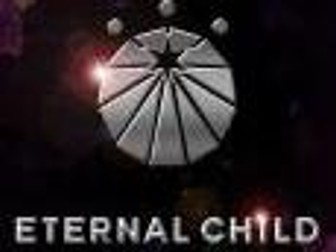WAGOLL diary entry Year 6
<p>This is a WAGOLL diary entry based on the video It’s not a planet, It’s our home. The link to the video clip is at the bottom of the diary entry. The video clip is found on Literacy shed. I wrote this for my year 6 children as a WAGOLL on how to include many elements of the year 6 interim framework.<br />
We watched the video clip, then read the diary entry. Children then planned and drafted their own diary entry to show the contrast on Earth before the chimpanzee went into space and then 65 years later when he returns.<br />
I then went on to discuss environmental issues and the ways in which we harm our planet. Children then wrote another diary entry 65 years from now- showing what they think the world will be like if we continue to harm our planet in the way we have done so far.</p>

